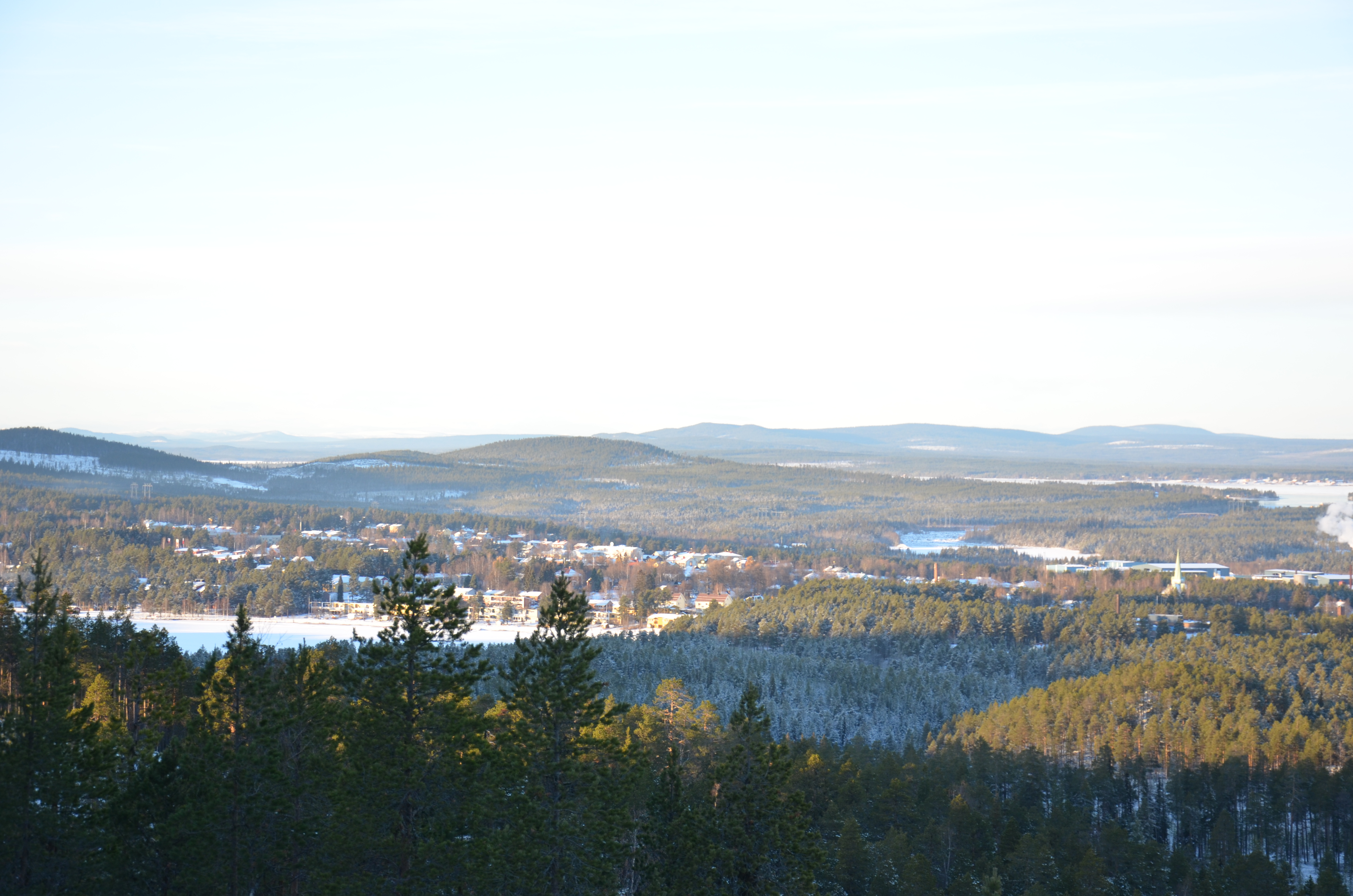Muddus plains on:
[Wikipedia]
[Google]
[Amazon]
 The Muddus plains is a landscape type in northern Sweden characterized by its flat topography dotted with
The Muddus plains is a landscape type in northern Sweden characterized by its flat topography dotted with
inselberg
An inselberg or monadnock () is an isolated rock hill, knob, ridge, or small mountain that rises abruptly from a gently sloping or virtually level surrounding plain.
In Southern Africa a similar formation of granite is known as a koppie, a ...
s. The topographic character of the Muddus plains was first described in detail by Walter Wråk in 1908. The Muddus plains are part of the Norrland terrain
Norrland terrain ( sv, link=no, Norrlandsterräng) is a geomorphic unit covering the bulk of Norrland and the northwestern half of Svealand. Except for The High Coast the coastal areas of Norrland do not belong to the Norrland terrain. The sou ...
. The northern lower levels of Southern Norway's Paleic surface
The paleic surface or palaeic surface ( no, paleiske overflaten, ) is an erosion surface of gentle slopes that exist in South Norway. Parts of it are a continuation of the Sub-Cambrian peneplain and Muddus Plains found further east or equivale ...
are considered to be equivalent to the Muddus plains.
The plains formed in connection to the uplift of the northern Scandinavian Mountains in the Paleogene. The uplift caused the surface to tilt eastward and incised valleys opened up to the east. This region in to east of the Scandinavian Mountains proper was a tectonically
Tectonics (; ) are the processes that control the structure and properties of the Earth's crust and its evolution through time. These include the processes of mountain building, the growth and behavior of the strong, old cores of continents ...
stable region close to a base level where topography evolved to form the Muddus plains. The key processes involved in the formation of the Muddus plain include etching
Etching is traditionally the process of using strong acid or mordant to cut into the unprotected parts of a metal surface to create a design in intaglio (incised) in the metal. In modern manufacturing, other chemicals may be used on other types ...
, stripping and pediplanation. The climate under which these processes occurred was likely warm relative to the present. To the south the Muddus plains is considered to be equivalent to the lower levels of the paleic surface
The paleic surface or palaeic surface ( no, paleiske overflaten, ) is an erosion surface of gentle slopes that exist in South Norway. Parts of it are a continuation of the Sub-Cambrian peneplain and Muddus Plains found further east or equivale ...
in south Norway, meaning that topography is likely to have developed at the same time and level, and by the same processes.
Rivers in the Muddus plains flow mostly towards the east. This contrast with the southeastern direction there rivers turn further downstream outside the Muddus plains and has been explained by the inference that the river courses in the Muddus plains reflect an ancient drainage pattern contrary to the Late Cenozoic river courses close to the Gulf of Bothnia.
See also
* Inselbergs of Finnish Lapland * Muddus National ParkReferences
Inselberg plains Plains of Sweden Erosion landforms Plains of Norway {{Geology of Fennoscandia